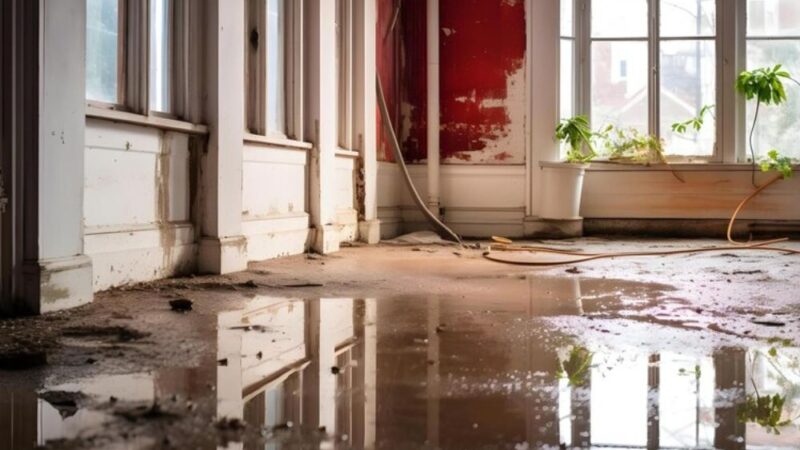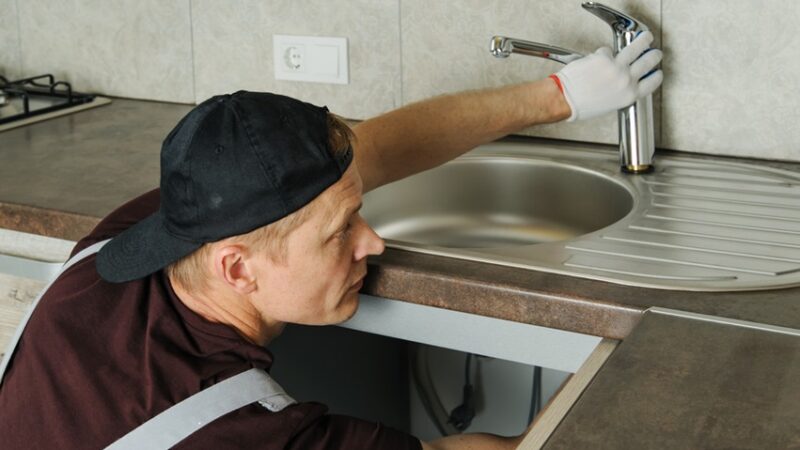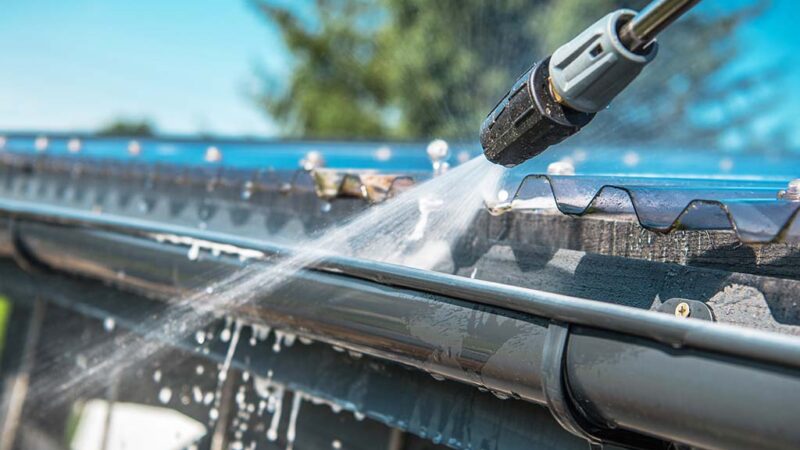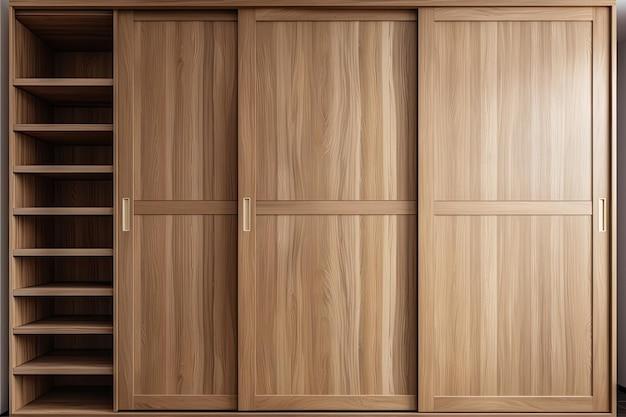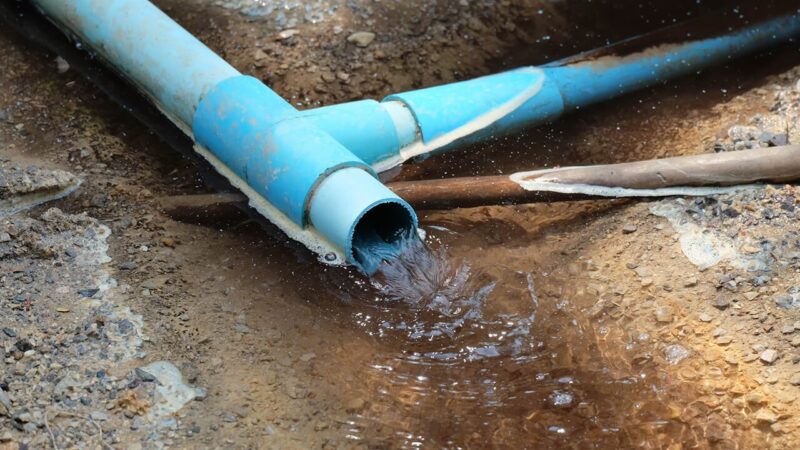Different Types of Tiles and Their Unique Advantages

Selecting the type of tiles to use when planning an external space is one of the most important considerations that one has to make. Especially, pillar outdoor tiles require both the resistance to climate conditions and the aesthetic look of the area.
Different types of tiles can be used on the pillars that are exterior to the building, and each has its benefits. In this article, you will find out the various types of pillar outdoor tiles available on the market and their advantages. Keep reading to learn more!
Types of Outdoor Tiles
There are several types of outdoor tiles to consider, each with specific features and benefits:
Porcelain Tiles
Porcelain tiles are manufactured from a specific type of clay, which is subsequently fired at extremely high temperatures and hence is extremely strong and abrasion-resistant. These tiles do not deform when exposed to water and other liquids and are not affected by stains and frosts, which makes them suitable for use in outdoor conditions.
They are available in different designs and textures that may include wooden, stone, or metallic designs due to the enhancement of digital print technology. The porosity is low and this means that they do not retain any moisture and helps in preventing cracks in freezing conditions. Another advantage of porcelain tiles is that they are also UV resistant, which means that the colors do not change with time.
Ceramic Tiles
Ceramic tiles are produced from a combination of natural clay and other elements, and they undergo firing at a relatively lower temperature than that of porcelain tiles. Ceramic tiles are inexpensive and must be found in different colors, designs, and touches.
They can easily be fitted and also require little or no maintenance. If adequate glazing has been applied, they afford reasonable protection against dampness and most kinds of stains. Although they are popular for use in home interiors, they are relatively less hardwearing than porcelain tiles and are therefore suitable for regions with moderate climates.
Vitrified Tiles
Vitrified tiles are made through the process of blending clay with silica, quartz, and feldspar and then firing them at high temperatures to melt the surface and provide it with a glass-like appearance. These are some of the most sturdy tiles which are also water-proof, stain-proof, and can withstand a lot of foot traffic.
They allow no seepage of moisture through the pillar and hence are suitable for use in pillars that are exposed to harsh weather conditions. Vitrified tiles are categorized into full body and double charged vitrified and have a uniform appearance that is capable of withstanding the stresses of uses on the surface.
Conclusion
Choosing the right pillar outdoor tiles (กระเบื้องเสาโชว์หน้าบ้าน, term in Thai) requires consideration of their special features, such as longevity, water and stain proofing, looks, grip, ease of cleaning, heat-insulating, non-toxic, and personalization.
Porcelain, ceramic, vitrified, and natural stone tiles are different materials that can be used for outdoor spaces and all of them possess certain advantages. Knowing these options is the key to making the right decision on how to create your outdoor spaces that will be both aesthetically attractive and practical for many years in advance.


